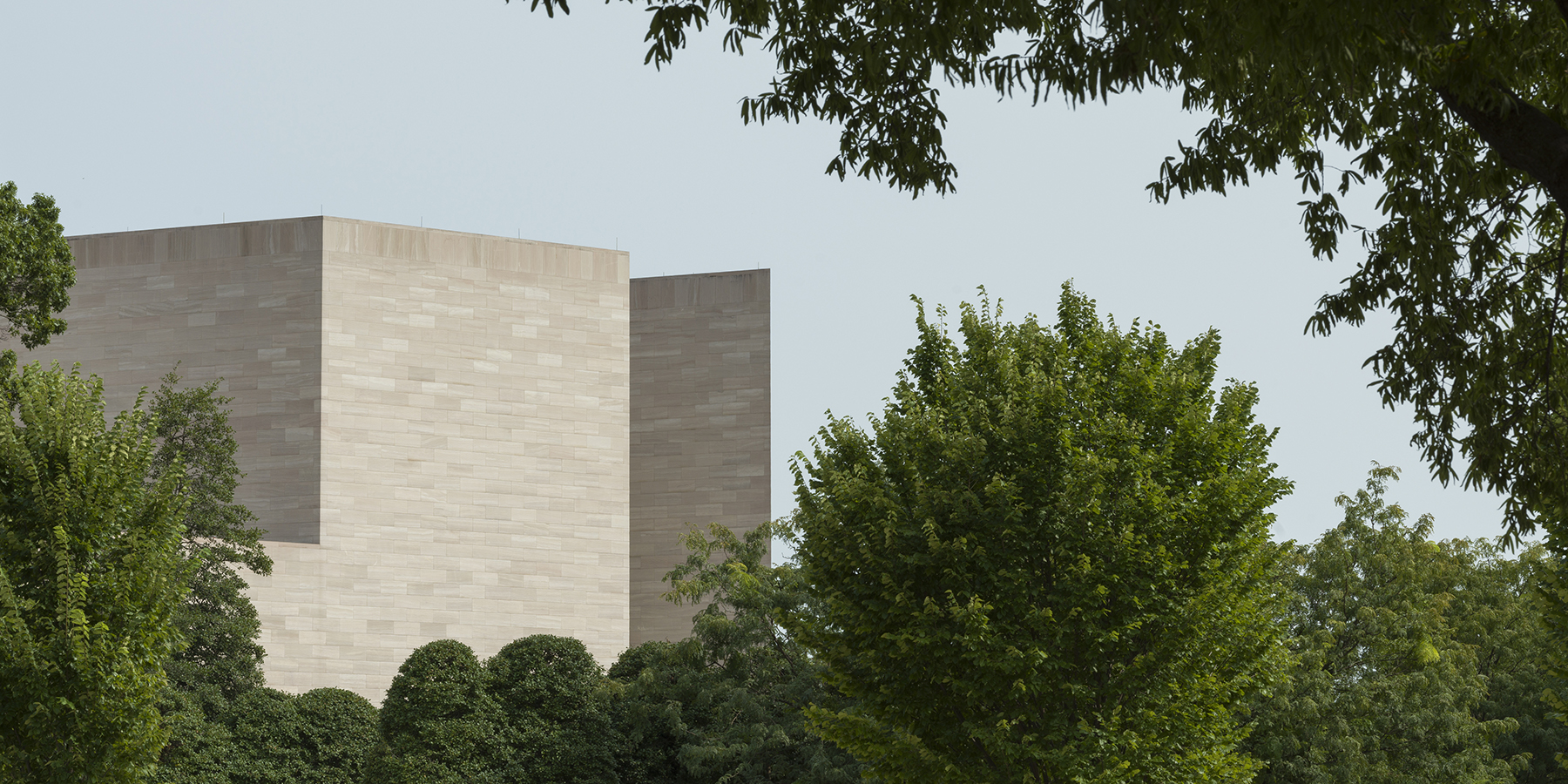Melissa L. Hyde
Marie-Suzanne Giroust: The Forgotten Académicienne

Marie-Suzanne Giroust, Self-Portrait Painting Quentin de La Tour’s “Portrait of the Author Laughing,” c. 1770, pastel, private collection
The French pastel painter Marie-Suzanne Giroust (1734–1772) was one of only eight women admitted in the 18th century to France’s venerable Académie Royale de peinture et de sculpture. Despite being one of the great talents of her era, Giroust is virtually unknown to art history, at least in part because she died young, just two years after her admission in 1770.
I first became aware of Giroust’s work in 2004 when I saw her stunning self-portrait in an exhibition of work by Maurice-Quentin de La Tour (1704–1788), whose own puckish Self-Portrait of the Author Laughing (1737) is pictured therein. Her ambitious self-representation must be counted as one of the most inventive and multivalent examples of the genre in the 18th century. This picture is the centerpiece of my project. My study is not a monograph, but rather takes Giroust’s self-portrait as the means to explore a range of themes and issues concerning artistic practice, identity, self-portraiture, and the gendering of aesthetic culture. More particularly, my book is a deep study of Giroust’s remarkable picture as it relates to matters specific to women. These include: the creation of art (with special attention to self-portraiture) as an expression of women’s agency and autonomy, and as a means to claim status as individuals at a time when they had no civil rights; how marital status—Giroust was married to the portraitist Alexander Roslin (1718–1793)—affected the careers, the representation, and the self-representation of women artists; issues of artistic ambition and emulation that were central to artistic pedagogy and practice, but fraught for women and, as Giroust’s painting makes clear, need to be reconceptualized with a new interpretive model. These subjects are treated in the first three chapters. The fourth focuses on the medium of pastel and the critical/theoretical ambivalence toward it in France. This chapter explores the cultural and artistic discourses that ultimately placed pastel under the sign of the feminine. A final chapter analyzes how Giroust’s self-portrait, through various forms of visual play, insisted humorously on the seriousness of those intentions, and asks what this work of calculated self-promotion and self-definition has to tell us about women and the subversive power of humor.
Giroust pointedly figured herself as an artist in her own right, as an individual in relation to but distinct from the leading pastel painter of her day (La Tour). It defines her as an artist and as a woman, rather than as a wife or mother, which she was also. As such, it can be understood to talk back, as it were, to the cultural discourses about women, femininity, and the medium of pastel itself, and has far-reaching implications for our understanding of how women operated in a system that was designed to exclude them.
My approach, informed by the microhistorical practice of asking “large questions in small places,” demonstrates the complexities of deceptively straightforward art-historical questions such as: Who made the portrait (and how did gender matter)? How is it composed and in what medium? How/in what terms did the artist represent herself? What did she include in the picture, what purpose did it serve, and where was it displayed? And how was it received? Founded on close readings of a single painting, this book is also my homage to “slow looking.” It is an expression of my zeal for decelerated, deep attention to pictorial representation. Finally, this book is part of my larger scholarly project, one I share with others who are similarly convinced of the importance of writing women into art history and of the power of such work to better our understanding of the past and its exclusions. Besides introducing a compelling new protagonist, my project contributes to the recasting and reframing of our understanding of the historical past; it offers a way of seeing it as richer, more complex, and more diverse than the dominant narratives of art history have suggested. The career of Marie-Suzanne Giroust, the forgotten académicienne, demonstrates that women were ambitious, successful, and fully embedded in artistic practice on a variety of levels, and were not merely marginal to the story of masculine creation and triumph that has yet to be seriously decentered in art history.
University of Florida
Ailsa Mellon Bruce Visiting Senior Fellow, fall 2020
Melissa L. Hyde will return to her position as Professor and Distinguished Teaching Scholar in art history at the University of Florida.
